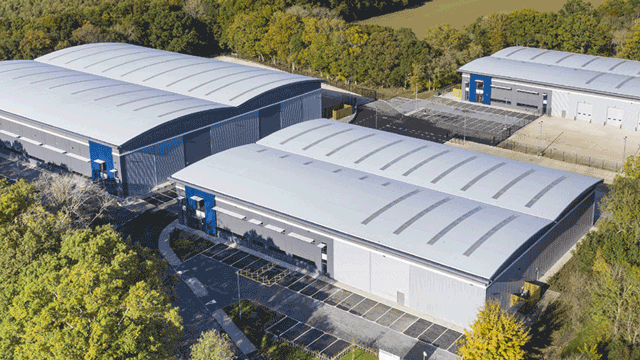The Defective Premises Act 1972 provides an important cause of action for personal injury claims. It was enacted to ensure that landlords who are under repairing obligations to tenants owe a duty of care to their tenant’s visitors as well. As a result, landlords owe “to all persons who might reasonably be expected to be affected by defects in the state of the premises a duty to take such care as is reasonable in all the circumstances to see that they are reasonably safe from personal injury or from damage to their property caused by a relevant defect” (section 4).
Sternbaum v Dhesi [2016] EWCA Civ 155 concerned an accident that happened on a steep staircase, which was enclosed by walls on both sides. There was no handrail or bannister, but there was evidence to suggest that there might have been a bannister at some stage in the building’s history. The claimant, who slipped and fell while visiting the tenant, claimed that the stairs were dangerous and that, had there been a handrail, the accident would not have happened.
The claimant suggested that the missing bannister/handrail was part of the staircase and that the staircase was part of the structure, which was the landlord’s responsibility. When the bannister/handrail was removed the staircase became unsafe, and this was a defect which the landlord should have repaired. The claimant relied on Hannon v Hillingdon Homes [2012] EWHC 1437 QB. In that case, the judge ruled that the landlord was responsible for failing to “repair” a bannister that had been deliberately removed by the existing tenant twenty years before the accident. However, the landlord in Hannon had let the premises with a handrail, whereas in this case the landlord had not.
The landlord admitted that the council served an improvement notice requiring him to install a handrail, but relied heavily on Alker v Collingwood Housing Association [2007] 1 WLR 2230. In that case the Court of Appeal stated in clear terms that a duty to repair could not be equated with a duty to make safe. The reach of the duty under section 4 is no longer than the reach of the covenant to repair – and premises that are unsafe are not necessarily in disrepair. If a bannister had been removed, this had happened before the tenancy began and the bannister had been replaced with a wall. The open area to the side of the staircase had remained protected. There was nothing wrong with the walls or stairs themselves and, even if some would consider the staircase hazardous without a handrail, there was no duty to make it safe.
The Court of Appeal agreed. It sympathised with the claimant, but dismissed her claim. The premises were not in disrepair. The walls and stairs themselves were sound and there was nothing wrong with the floor covering. Furthermore, there never had been a handrail on the staircase at any relevant time – and to place the landlord under an obligation to fit a handrail in these circumstances would amount to placing him under an obligation to improve the premises or make them safe. This would be beyond the reach of the landlord’s covenant, just as it was in Alker.
Allyson Colby is a property law consultant








